
How to Transition from a High-Carb to a Low-Carb Lifestyle
Shifting from a high-carb lifestyle to a low-carb one can be a powerful step toward better health, sustainable weight management, and improved energy levels. While the benefits are well-documented—from balanced blood sugar to reduced cravings—the transition itself can be challenging, especially for those accustomed to carb-heavy meals like bread, rice, pasta, and sugary snacks.
Understanding what to expect during the transition, and how to navigate it effectively, makes the journey smoother and more sustainable. The body and mind undergo a series of adjustments as the fuel source shifts from carbohydrates to fat, and being prepared for these changes is essential for long-term success.

Why High-Carb Diets Are So Common
Many modern diets are naturally high in refined carbohydrates due to the widespread availability and affordability of processed foods. Breads, pastries, sweetened beverages, and packaged snacks dominate supermarket shelves and restaurant menus. Over time, this leads to excessive carb intake, blood sugar spikes, insulin resistance, and unhealthy cravings.
Frequent consumption of these foods is often driven by convenience, habit, emotional eating, and lack of awareness about healthier alternatives. Additionally, cultural and social norms make carb-rich foods the centerpiece of meals, especially during celebrations or festivals.
Symptoms of High-Carb Overconsumption
-
Energy crashes after meals
-
Frequent hunger or food cravings
-
Difficulty concentrating or brain fog
-
Increased fat storage, especially around the belly
-
Mood swings or irritability
-
Blood sugar imbalances
-
Poor sleep quality
Common Challenges During the Transition to Low-Carb
When transitioning to a low-carb lifestyle, the body undergoes a metabolic shift from using glucose (derived from carbs) as its primary energy source to using fat and ketones. This process, known as fat adaptation, can take a few days to weeks. During this period, many people experience temporary symptoms like fatigue, headaches, irritability, and cravings. These symptoms, often called the “keto flu,” are a result of the body adjusting to lower insulin levels, changes in electrolyte balance, and withdrawal from sugar and processed carbs.
These challenges are usually short-lived and can be managed with proper hydration, electrolyte intake, adequate dietary fats, and a gradual reduction in carbohydrate consumption. Planning meals ahead, getting enough sleep, and managing stress also help ease the transition. Once the body adapts, most individuals report improved energy levels, reduced hunger, and enhanced mental clarity—making the initial effort worthwhile.
Symptoms During the Transition Phase
|
Symptom |
Reason |
|---|---|
|
Headaches |
Sudden drop in glucose levels |
|
Fatigue |
Body adjusting to ketone production |
|
Cravings |
Sugar withdrawal and habit disruption |
|
Irritability |
Hormonal adjustments |
|
Digestive issues |
Change in fiber intake |
|
Dizziness or lightheadedness |
Electrolyte imbalances |
Causes of Discomfort During Transition
-
Abrupt reduction in carb intake without gradual tapering
-
Lack of hydration and electrolytes
-
Insufficient dietary fat intake
-
Emotional attachment to comfort foods
-
Social pressure or lack of support system
Steps to Transition Smoothly from High-Carb to Low-Carb
-
Gradually Reduce Carbs
Instead of cutting carbs drastically overnight, begin by eliminating processed sugars and refined grains. Replace them with whole, low-carb alternatives over a week or two. -
Increase Healthy Fats
Fats become the primary energy source in a low-carb diet. Include sources like olive oil, coconut oil, avocados, nuts, seeds, and fatty fish. -
Prioritize Protein
Adequate protein helps preserve muscle mass, reduces cravings, and promotes satiety. Eggs, poultry, tofu, and dairy are excellent options. -
Stay Hydrated and Replenish Electrolytes
As insulin levels drop, the body excretes more sodium and water. To prevent fatigue or dizziness, add magnesium, potassium, and salt to your meals. -
Meal Plan and Prep
Planning meals in advance helps avoid the temptation of high-carb foods. Prepare simple low-carb meals and keep snacks like boiled eggs, cheese, or nuts on hand. -
Track Progress and Stay Consistent
Keeping a food journal or using a health app can offer insight into carb intake, nutrient balance, and symptom tracking.
Low-Carb Food Swap Guide
|
High-Carb Food |
Low-Carb Alternative |
|---|---|
|
White rice |
Cauliflower rice |
|
Bread |
Almond flour or coconut flour bread |
|
Pasta |
Zucchini noodles or shirataki noodles |
|
Sugary snacks |
Dark chocolate (85%+), nuts, berries |
|
Potatoes |
Turnips, radishes, or mashed cauliflower |
|
Sodas |
Sparkling water with lemon or stevia-sweetened drinks |
|
Cereal |
Chia pudding, Greek yogurt with seeds |
Tips for Staying Motivated
-
Set Clear Goals: Focus on why you’re making the change—whether it’s weight loss, better energy, or improved health markers.
-
Celebrate Small Wins: Acknowledge milestones like reduced cravings, better sleep, or clearer skin.
-
Find Low-Carb Recipes You Enjoy: Eating low-carb should be satisfying, not restrictive. Experiment with spices, herbs, and new ingredients.
-
Surround Yourself with Support: Join online forums or connect with others following a similar lifestyle to stay inspired.
-
Be Kind to Yourself: If you slip up, get back on track without guilt. Consistency matters more than perfection.
Foods to Include During the Transition
|
Category |
Examples |
|---|---|
|
Proteins |
Eggs, chicken, beef, tofu, tempeh |
|
Healthy fats |
Avocados, olive oil, nuts, seeds, ghee |
|
Low-carb vegetables |
Spinach, broccoli, zucchini, cauliflower, kale |
|
Dairy (if tolerated) |
Cheese, Greek yogurt, paneer |
|
Beverages |
Herbal teas, infused water, coffee without sugar |
|
Snacks |
Boiled eggs, cucumber sticks, roasted seeds |

Who Should Be Cautious While Transitioning
Although a low-carb diet is beneficial for many, certain individuals should approach it with caution and preferably under medical supervision:
-
People on diabetes medication or insulin
-
Individuals with kidney disorders
-
Pregnant or breastfeeding women
-
Those with a history of eating disorders
-
Individuals with very high activity levels or athletes
Summary
Transitioning from a high-carb to a low-carb lifestyle involves more than just changing what’s on your plate. It requires understanding how the body adapts, identifying personal challenges, and developing sustainable habits. While the initial phase may include temporary discomfort, the long-term rewards—improved energy, reduced cravings, better weight control, and clearer thinking—make the journey worthwhile.
Equipping yourself with the right foods, mindset, and support system helps ensure a smooth and successful shift. At Lofoods, the goal is to make your low-carb journey easier and more enjoyable with delicious and nutritious food options that support your health without sacrificing taste.
This Blog post is an initiative by Lo! Foods, to provide accurate and Nutritionist / Doctor approved information related to Health. Lo! Foods is India's leading brand for Everyday Functional Foods. Foods designed for specific Health conditions or Needs. Lo! Foods also runs India's largest range of Low Carb Healthy Cloud Kitchens, under the brand names of Lo!, ProteinChef, ATH (All Things Healthy) and DiabeSmart.


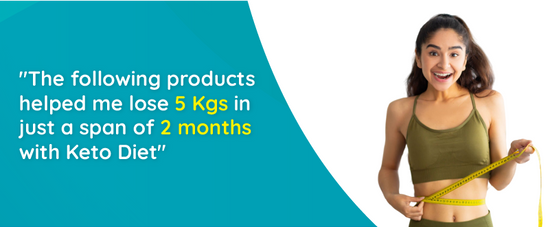
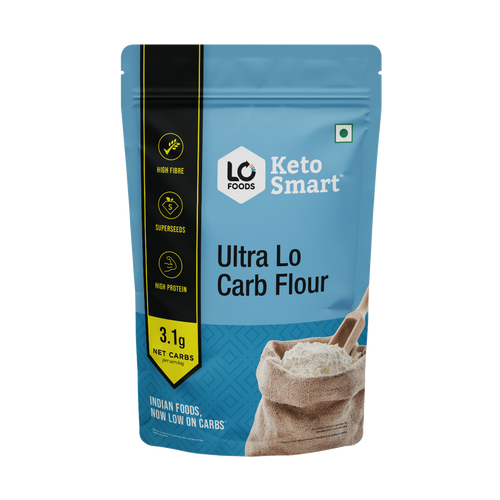
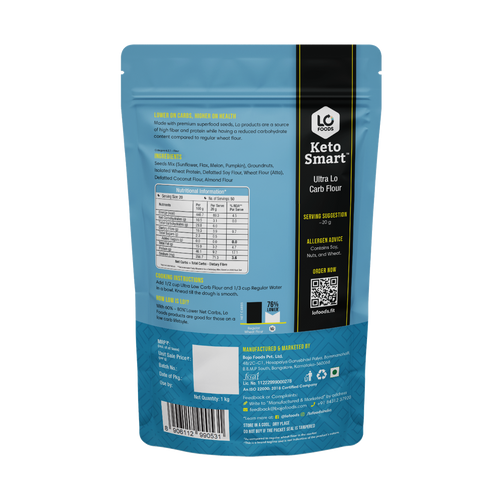

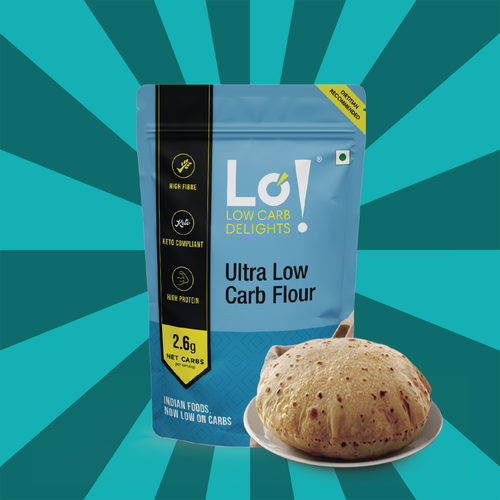


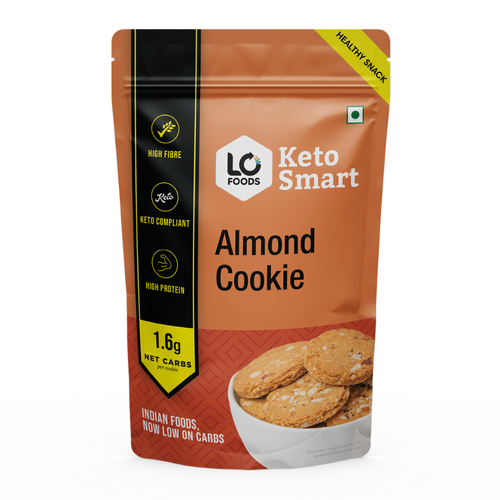

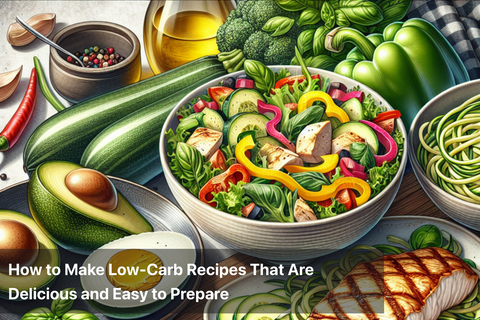
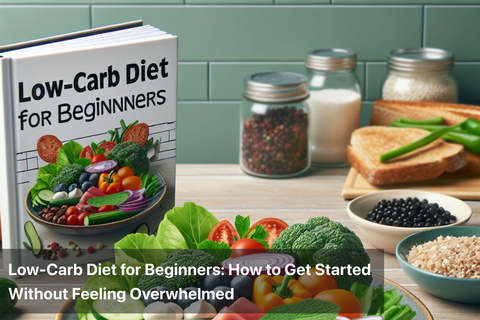

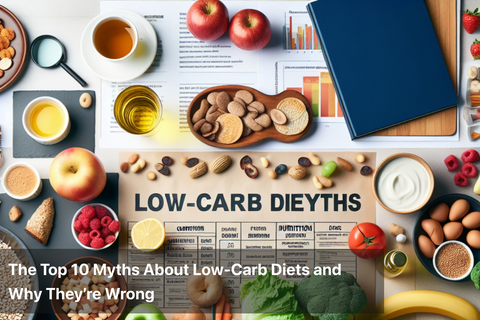
Leave a comment
Your email address will not be published.